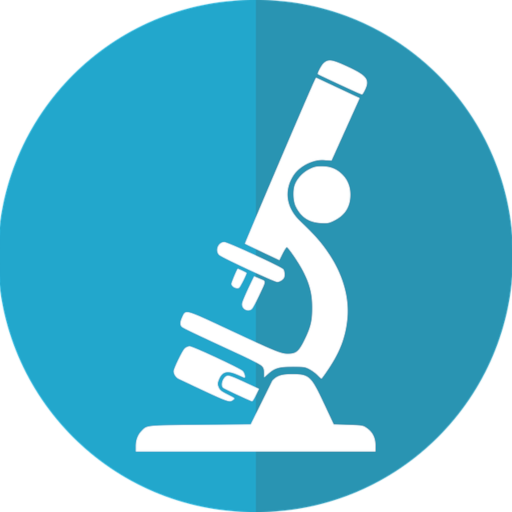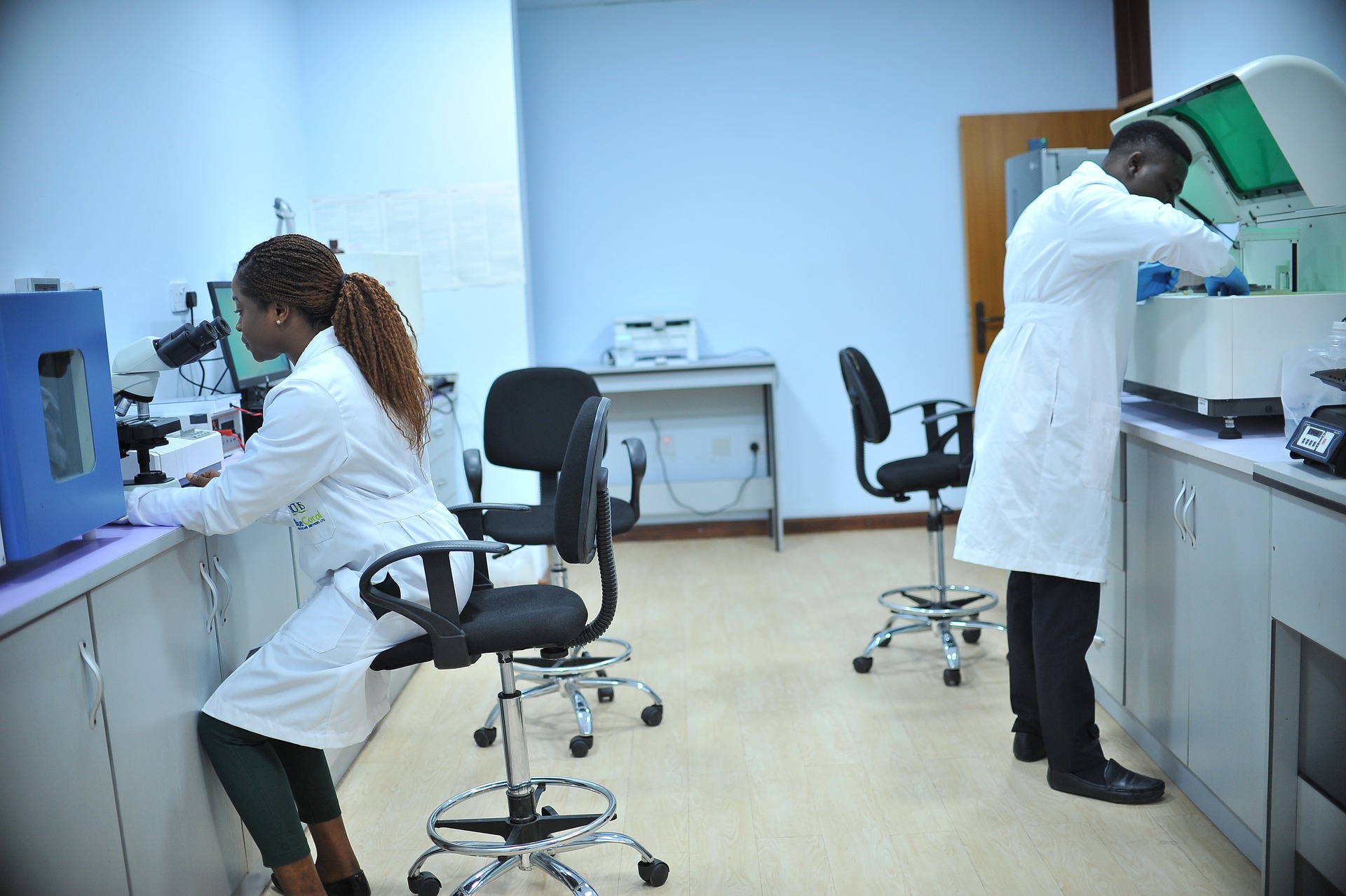The U.S. Bureau of Labor Statistics (BLS) projects overall employment in the U.S. to grow by 8.4 million jobs between 2018 and 2028. The expected growth rate for Medical Laboratory Professionals will be much faster than average.
Statistics estimate employment for Clinical Laboratory Technologist and Technician positions will grow 11%. Phlebotomy positions are expected to grow much faster than average at 23% .
Increased Lab Testing Expected
Many news reports today state there is an increase in the number of diabetes and cancer cases. Diet and the consumption of processed foods are largely to blame. However, we currently have an increased aging population due to the ‘baby boom’ generation. Baby Boomers were born between 1946 and 1964, making their current ages between 55 and 74. This creates a two-fold problem:
- More laboratory tests are needed for this aging population, and
- An increased number of knowledgeable Medical Laboratory Professionals are retiring.

The ‘baby boom’ generation is now part of the aging population, creating the need for increased laboratory testing to diagnose medical conditions.
Medical laboratories are starting to see an increase in the number of lab tests ordered and are trying to cover this increased need with less staff due to vacancies.
Are there enough Medical Laboratory Professionals to meet this need?
As mentioned earlier, baby boomers have started to retire, leaving significant laboratory vacancies. Every two years, the American Society for Clinical Pathology (ASCP) publishes a Vacancy Survey of Medical Laboratory Report.
The most recent report was published on May 31, 2019, in the American Journal of Clinical Pathology. Qualitative results from the ASCP report indicate and support the need for more graduates from accredited laboratory training programs to fill these vacancies.
Data published by the BLS on May 31, 2019, stated the U.S. employed 128,290 Phlebotomists. These positions were primarily in General Medical and Surgical Hospitals, Medical and Diagnostic Laboratories, Other Ambulatory Health Care Services, and Physician Offices.
Data also showed 326,060 Clinical Laboratory Technologists and Technicians employed. In addition to the areas of employment listed for Phlebotomists, this information also included Colleges, Universities, and Professional Schools.
Combined data from the BLS and ASCP indicate laboratory employers will experience an annual average of 26 job openings for Clinical Laboratory Technologists and Technicians, and an annual average of 18 openings for Phlebotomists. These numbers do not include supervisory or management positions. In addition to these demands for increased vacancies, stricter laboratory regulations mean medical laboratories have started to increase their certification requirements for most laboratory employees.
More Medical Professionals Needed
According to the latest information posted by the National Accrediting Agency for Clinical Laboratory Science, currently approved or accredited clinical laboratory programs are as follows.
| Program Type | Number of Approved or Accredited U.S. Programs |
| MLS | 235 |
| MLT | 241 |
| MLA | 6 |
| PBT | 58 |
| HT | 34 |
| HTL | 9 |
| PA | 6 |
Accredited programs are either college/university-based or hospital-based and have very limited capacity. While some programs have specialized student labs on campus, most still require a hospital-based laboratory component. It is not enough to collect specimens and perform testing on volunteers or fellow classmates. Students must collect and perform testing on patients that are actually sick or require testing for diagnoses.
Students with an interest in science often enroll as biology or chemistry majors, rather than enrolling directly into a specific medical laboratory program. These graduates frequently have difficulty finding a job. They think they can easily find employment in medical labs because of their degrees. However, they lack the clinical experience and hands-on training needed.
Many graduates find themselves frustrated that they spent all that time working for a degree with no employment payoff. If they have enough of the specific required courses, they may be able to apply for an accredited program. However, they end up spending more time and money than would have been necessary.
⬆ Testing + ⬆ Jobs = MORE PROFESSIONALS NEEDED
What can be done?
The Medical Laboratory and Pathology fields need to greatly increase efforts to recruit a new laboratory workforce. This will require an immediate, robust recruitment initiative in our high schools and on college campuses. Many college students say they didn’t know about Medical Laboratory Science or Medical Laboratory Technician programs until years into their college career.
“Many college students often say they didn’t know about it [MLS] until years into their college career.”
Katie Napier, ASCLS Developing Professionals Forum Region IV Representative
The problem is there is not enough promotion for medical laboratory careers. We need to share more information about our profession with high schools to persuade students that show strength in math and science. There are programs and resources available for current laboratory professionals, instructors, professors, teachers, and guidance counselors to share with students. Let’s all get out there and promote our wonderful profession!
Resources for Promoting the Medical Laboratory Profession
ASCP Career Ambassador 2.0 Program – Volunteer your time to advocate for medical laboratory careers.
What’s My Next? – Share with anyone you think might be interested in a medical laboratory career.
ASCLS Career Recruitment Tool Kit – Recruitment materials to share with potentially interested students.
Share links on Social Media and be sure to use the hashtags #Lab4Life and #Labvocate to show pride in the Medical Laboratory Profession.

